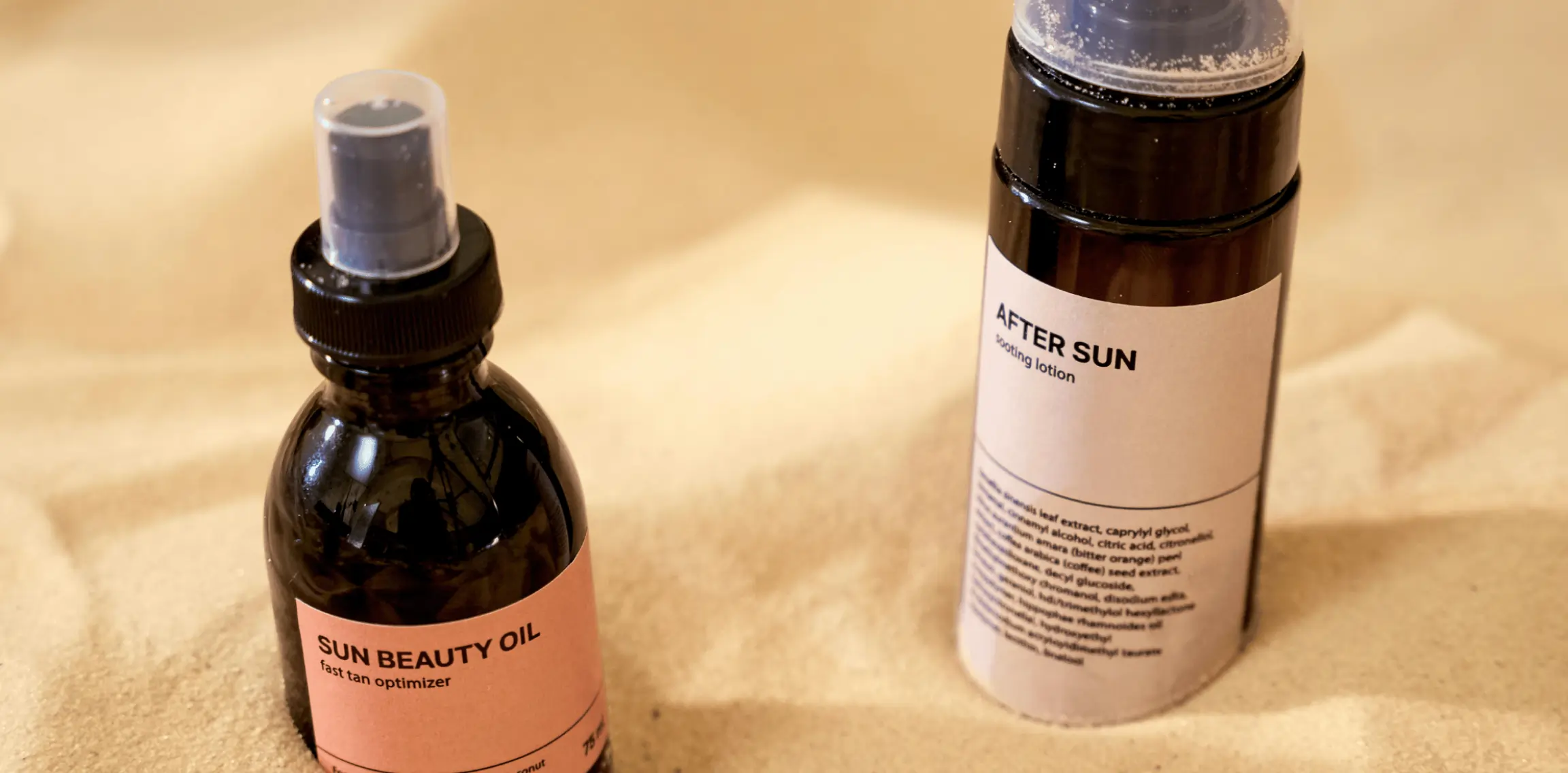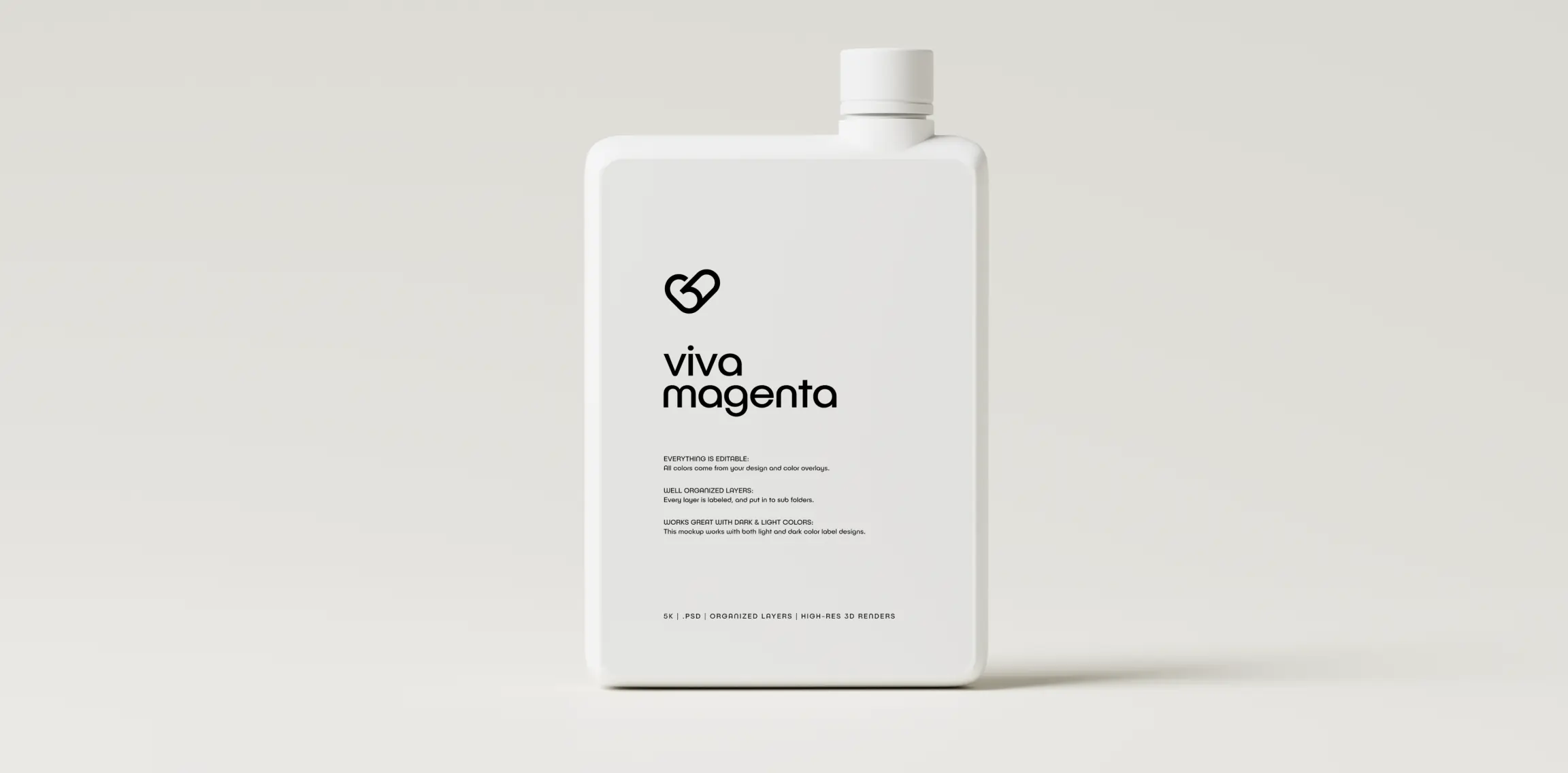How to Design a Sunscreen Label?
Sunscreen is vital to any skincare routine, protecting against harmful UV radiation and reducing the risk of skin cancer, sunburn, and premature ageing. With the increasing awareness of the importance of sun protection, designing an effective sunscreen label is crucial for attracting consumers and conveying the necessary information about the product. A well-designed label enhances the product's appeal, ensures compliance with regulatory requirements, and provides clear instructions for use. This blog post will explore the key elements and considerations for designing a sunscreen label that stands out and meets all necessary guidelines. We'll cover topics such as understanding label requirements, essential elements of an influential label, design considerations, and customisation for different markets. By the end, you'll have a comprehensive guide to creating a sunscreen label that boosts your brand’s presence and consumer trust.
What are the critical elements of a sunscreen label?
An effective sunscreen label should communicate essential information while visually appealing to attract consumers. Here are the key elements to include:
Importance of Brand Identity: The brand name and logo are central to the label, ensuring that consumers can quickly identify your product. A strong, recognisable brand identity helps build trust and loyalty.
Explanation of SPF (30 vs. 50): The SPF rating indicates the level of protection against UV rays. Highlighting this information helps consumers choose the right level of protection for their needs.
Importance of UVA and UVB Protection: Broad spectrum protection is crucial as it defends against both UVA rays (which cause ageing and skin damage) and UVB rays (which cause sunburn). Ensure this is prominently displayed on the label to reassure consumers of comprehensive protection.
Benefits and Duration: If the sunscreen is water-resistant, indicate the duration of effectiveness (e.g., 40 or 80 minutes). This information is vital for consumers engaging in water activities or heavy perspiration.
Detailed Instructions: Provide clear, concise directions on applying sunscreen effectively. Include details such as applying 20 minutes before sun exposure, reapplying every 2 hours, and more frequently if swimming or sweating.
Additional Information
Ingredients List: List all active and inactive ingredients. This transparency is crucial for consumers with allergies or sensitivities.
Warnings and Precautions: Include necessary warnings, such as keeping the product out of the eyes, using only as directed, and keeping it out of reach of children.
Expiration Date: Clearly state the expiration date to ensure consumers use the product while it is still effective.
By incorporating these elements, your sunscreen label will comply with regulations and provide consumers with the necessary information to make an informed purchase and use the product safely and effectively. We recommend reviewing all applicable regulatory requirements in your region before proceeding with your print order.

How to design sunscreen labels?
Creating a sunscreen label that stands out on the shelf involves carefully considering design elements that appeal to consumers while maintaining functionality. Here are the critical design considerations:
Colour and Imagery
Use of Bright Summer Colors: Incorporate vibrant, sunny colours such as yellow, orange, and blue to evoke a sense of warmth and protection. These colours are eye-catching and align with the product’s purpose.
Legible Text and Clear Imagery: Ensure that the label's text is easy to read, with a font size and style that is clear even from a distance. Use imagery that resonates with sun protection, such as sun, beaches, or water, to reinforce the product’s purpose.
Material and Durability
Water- and Oil-Proof Materials: Select materials resistant to water and oil to ensure the label remains intact and legible even when exposed to sunscreen, water, and other elements. Durable labels enhance the product’s perceived quality and reliability.
Durability and Longevity: Consider the conditions in which the product will be used, such as beach environments or outdoor activities. Choose materials such as polypropylene labels, metallic labels and clear labels that can withstand these conditions without fading or peeling.
Container Size and Shape
Impact on Label Design: The sunscreen container's size and shape will influence the label's design. Ensure the label fits well and is proportionate to the container to avoid overcrowding or excessive blank space.
Considerations for Different Market Segments: Tailor the design to different market segments. For example, travel-sized sunscreen containers may require more compact and concise labels, while family-sized containers can accommodate more detailed information.
Typography
Font Choices: Use fonts that are easy to read and align with the brand’s identity. Avoid overly decorative fonts that may be hard to read.
Hierarchy of Information: Create a clear hierarchy by differentiating font sizes and weights for different types of information (e.g., brand name, SPF rating, application instructions).
By paying attention to these design considerations, you can create a sunscreen label that is visually appealing but also functional and durable. This attention to detail will help your product stand out in a competitive market and provide consumers with a reliable and attractive sunscreen option.

How to customise sunscreen labels for different markets?
Customising sunscreen labels for different markets allows your product to appeal to specific consumer groups and meet their unique needs. Here’s how to tailor your sunscreen labels effectively:
Private Label and White Label Sunscreens
Differences and Benefits: Private label sunscreens are products manufacturers create for sale under a retailer's brand. White label sunscreens are generic products that multiple retailers can rebrand. Private label products offer more customisation options, allowing brands to differentiate themselves with unique formulations and designs. White label products provide a cost-effective way to enter the market quickly.
Brand Differentiation: Emphasize unique selling points (USPs) such as natural ingredients, eco-friendly packaging, or innovative formulations. Highlight these features on the label to attract consumers looking for specific benefits.
Target Audience Customisation
Outdoor Sports Enthusiasts: Design labels for sports sunscreens with bold, energetic colours and dynamic graphics that evoke outdoor activities like running, hiking, or swimming. Highlight features like sweat resistance, long-lasting protection, and high SPF.
Children’s Sunscreens: Use playful colours, fun graphics, and easy-to-read fonts for children’s sunscreen labels: Emphasise gentle formulations, hypoallergenic properties, and kid-friendly application instructions.
Sensitive Skin Products: For sunscreens targeting consumers with sensitive skin, use soft, soothing colours and minimalist design. Highlight hypoallergenic ingredients, dermatologist recommendations, and the absence of fragrances or harsh chemicals.
Eco-conscious Consumers: Appeal to eco-conscious consumers by using sustainable materials for labels and emphasising eco-friendly practices. Highlight certifications such as cruelty-free, vegan, and environmentally friendly packaging.
Localisation and Language Considerations
Localisation: Adapt labels for different regions by including local languages and cultural references. Ensure compliance with local regulations and preferences.
Language Clarity: Ensure all text is clear and easily understandable in the target market's primary language. Avoid complex jargon or slang that may not translate well.
By customising your sunscreen labels for different markets and target audiences, you can better meet consumer needs and preferences, ultimately driving sales and brand loyalty. Tailored labels demonstrate a commitment to understanding and addressing the unique demands of each market segment.

To Wrap Up
Designing an effective sunscreen label involves a combination of regulatory compliance, clear communication, and attractive design. Throughout this blog post, we have explored the essential elements and considerations for creating a sunscreen label that stands out and meets all necessary guidelines.
Key points to remember include:
Understanding Sunscreen Label Requirements: Ensure your label complies with legal standards and includes critical information such as SPF rating, broad-spectrum protection, and water resistance.
Key Elements of an Effective Label: Focus on brand identity, legible text, and precise application instructions to provide consumers with all necessary information.
Design Considerations: Use bright colours, durable materials, and appropriate imagery to make your label visually appealing and functional.
Customization for Different Markets: To increase relevance and appeal, tailor your labels to different target audiences and market segments.
By prioritising aesthetics and functionality, you can create sunscreen labels that attract consumers and provide them with the confidence to use your product effectively. A well-designed label can enhance your brand’s presence and foster consumer trust, ultimately boosting sales and customer loyalty.
Visit the Viva Magenta Project website for sustainable and customisable label options. Our graphic design team is ready to collaborate with you to ensure your sunscreen labels are optimised for print and stand out in the market. Start designing your sunscreen labels today to enhance your brand's presence and appeal to environmentally conscious consumers.

